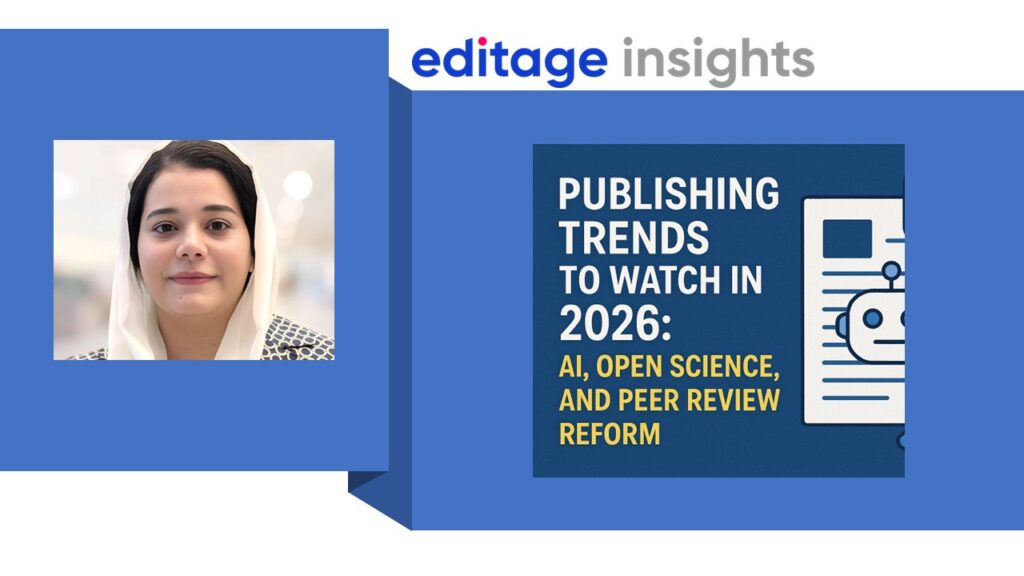7 Common misconceptions around open access publishing

Open access (OA) publishing is transforming the way we share and access knowledge. OA enables researchers, students, and the general public to access cutting-edge research outputs in the form of research articles, books, and other scholarly content from around the world, regardless of their financial resources. So, whether you’re a researcher looking to share your latest findings or a curious individual interested in staying updated on the latest scientific advancements, OA publishing is a great way to unlock critical knowledge and promote a more inclusive and equitable society.
OA has been around for roughly the same amount of time that smartphones and social media have. And yet, many academics harbor some skepticism and doubts about publishing via the OA route. In this post, we shall answer some niggling questions you may still have about publishing your paper via OA.
7 common misconceptions around OA publishing
1. What’s in it for me?
A researcher may wonder what the incentives are to publish in OA journals and how these incentives compare to those associated with traditional publishing models. Well, an article published in an OA journal is more likely to be seen by a larger audience as more people can access it. Research articles published in OA journals receive more citations and have a higher number of full-text downloads and unique visitors compared to subscription-access articles. This increased visibility benefits you as a researcher. Additionally, your work can be accessed by policymakers and the general public, who may not have subscriptions to traditional journals.
2. I’m a humanities scholar. Isn’t OA only for scientific research?
While OA has been widely adopted in scientific research, it is not limited to this field. OA can be applied to any type of research or scholarship, including humanities, social sciences, and the arts. Just try out a simple search in the Directory of Open Access Journals (DOAJ) and key in your field to see the number of OA journals listed therein!
3. My funder/institution mandates OA. Are OA journals the only option?
Did you know that publishing your article in an OA journal is not the only OA option? Many journals allow authors to self-archive a copy of their article on their website or that of their funder, or on an independent repository (e.g., a subject repository like bioRxiv or an institutional repository). This is called “green” OA, and it meets many funders’ requirements for publishing OA. You can check out a journal’s self-archiving policy using a tool called Sherpa RoMEO.
4. Wow! So publishing OA is free?
While it is true that many OA publications are free to access, many OA journals charge the author article processing charges (APCs) to cover the costs of publication (e.g., peer review, editing, typesetting, and online hosting). Note that there are no submission charges or charges for rejected articles.
5. Oh no! That means OA publishing is expensive!
The cost of publishing in traditional subscription-based journals is often hidden from authors, as institutions pay large subscription fees for access. And while many OA journals charge high APCs, not all OA publishing is expensive. Note the following ways out for you if you cannot pay high APCs:
5.1. Green OA/repository-based OA: This route enables authors to archive their work (in the form of a pre-print or post-print) in a repository without having to pay APCs.
5.2. Platinum OA/diamond OA: The author does not pay APCs because publishing costs incurred are covered by institutes or universities as a service to the community.
5.3. Take a look at the nearly 13,000 OA journals listed in the DOAJ that do not require APCs.
5.4. Partial or full support from your university/institute to cover APCs.
5.5. Partial or full support from the bodies funding your research might cover APCs.
5.6. Partial or full support from the publishers: waivers, vouchers, etc., to support authors.
6. Aren’t OA journals of low quality, with cursory peer review at best?
While there are some questionable OA journals out there, the same is true of traditional subscription-based journals. It is important to evaluate the quality of a journal based on its editorial policies, peer review process, and reputation rather than the business model. Thousands of high-quality OA journals are rigorously peer-reviewed and adhere to high standards of editorial quality control, including those published by reputable publishers, and these are listed in the DOAJ.
7. Doesn’t OA publishing mean giving up my intellectual property rights?
Au contraire! Many OA publications allow authors to retain their copyright and license their work under a Creative Commons license, which gives authors more control over their work than traditional publishing agreements. In fact, traditional publishing agreements often require authors to transfer their copyright to the publisher. OA journals use various Creative Commons licenses, which allow authors to retain their copyright while making their work available to others to use, share, and adapt the work.
Open Science is the way forward
Funding bodies and research institutes are increasingly implementing policies and initiatives to promote OA publishing. They are even providing support and resources to researchers to help them make their research outputs openly accessible. Many countries are also taking steps to promote and support OA publishing. For instance, as early as 2008, the National Institutes of Health, USA, implemented a policy requiring all research funded by them to be made publicly available through the PubMed Central repository within a year of publication. Other federal agencies soon followed suit. Cut to 2022, the White House Office of Science and Technology Policy (OSTP) announced a policy framework requiring all US federally funded research to be made freely available immediately upon publication (without any paywall or embargo period), latest by January 2026. What’s more, the OSTP has ushered in 2023 as a “Year of Open Science,” underscoring the need to provide access to the results of the country’s taxpayer-supported research, speed up discovery and innovation, and push for equitable outcomes.
Conclusion
OA publishing helps to democratize knowledge by allowing researchers from all parts of the world to share their findings, regardless of their institutional affiliations or funding sources. The research and publishing environment is becoming more conducive to OA. Researchers should shed their inhibitions and explore how they can maximize the advantages of publishing their work in this manner. OA benefits researchers and their institutions and funders in numerous ways, and it might be expected to soon be the prevailing trend rather than the exception!







